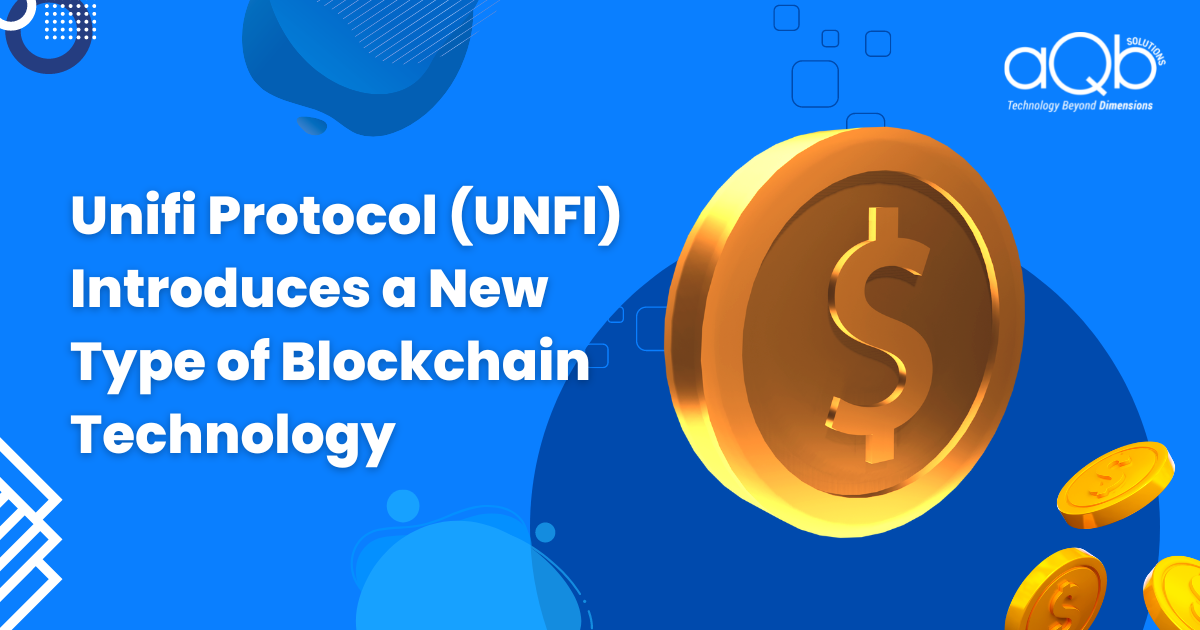The current tactics in cryptocurrencies are proving to be a hindrance to blockchain technology adoption. The inflationary gas tokens act as commodities and vary hugely in their prices. This subjects businesses to unpredictable operating expenses.
Unifi Protocol opines that blockchain technology involves a crypto problem. The company intends to challenge the industry standards and create a blockchain that’s more economically sustainable, without developing a native currency.
So, Unifi Protocol is building the next version of blockchain, which is based on the principle of economic sustainability.
With this new blockchain, the organization claims to resolve the problems of speculation and volatility troubling the cryptocurrency industry. The new blockchain introduced by Unifi – Stablechain – won’t have a native cryptocurrency of its own. Instead, it will depend on existing stablecoins to pay for gas, i.e., transaction costs. Stablecoins are pegged to other currencies, such as the US Dollar. Their prices don’t fluctuate usually.
What makes Stablecoins Preferable?
Cryptocurrencies have no affiliation with any firm or government. Also, no social, political or other economic indicators bind them. Depending completely on demand and supply in the market, these currencies can hence be quite volatile.
This volatility is a driver as well as a result of the lack of people’s trust in cryptocurrency as a balanced and reliable currency option. Undefined and poor regulations also add to this distrust. The absence of a structured framework for guiding crypto adoption unsettles people. Therefore, they see it as a speculative investment.
Due to the high degree of distrust in cryptocurrencies, investors are tending to switch to safer options such as Stablecoins.
Stablecoin is a cryptocurrency having a fixed value. This implies that the cryptocurrency’s value should not frequently fluctuate, like in the case of normal crypto assets. Although this fixed price is pegged to the US dollar often, currencies tied to other price indices are also there. As stablecoins, in theory, can be tied to almost anything, there exist stablecoins tied to multiple fiat coins and to precious materials like silver or gold.
For stablecoins, the decisive factor is in what way the latch is maintained and on what the entire system is based. In other words, in what way the coin organizer maintains the currency’s value.
Some central stablecoins, like Tether, need a custodian for regulating the currency, and then reserve a specific quantity of collateral. In the case of Tether, the US dollar is held in a bank account, and the amount they hold must be equal to what’s issued by them for maintaining the system’s order. In this way, fluctuations in price are prevented.
Working of Stablechain
Using blockchain technology, a stablecoin as a gas token eliminates speculation and transaction volatility from the costs of running a business. The major obstacle to blockchain adoption currently is unpredictable operating costs.
What this New Blockchain Technology Offers
Businesses can build on Stablechain while knowing the costs and without the need to hold volatile cryptocurrencies. Almost every industry can leverage the benefits of these efficiencies while lowering their server and network costs, by incorporating blockchain technology in their business models.
Previously, this was perceived as risky and disruptive. Nevertheless, the fact is that developing on Stablechain can facilitate a smooth transition to Web3, with no need for customers to communicate with any “crypto app.”
A Glimpse of the Team behind Stablechain at Unifi Protocol
Stablechain is a new type of blockchain technology, which is free from the confinements brought by building a network relying on cryptocurrency tokenomics for operation.
Unifi Protocol, the company creating Stablechain, has been at the forefront of building innovative blockchain solutions.
Juliun Brabon, the CEO of Unifi Protocol says, “A tokenless blockchain like Stablechain will incentivize innovation across all industries more sustainably, by creating a cycle of reliability, predictability, and efficiency. When businesses and users are only paying for the cost of using the network, instead of acting as investors in a native token, it creates the stable ecosystem necessary for innovation. I cannot wait to see what people will build on Stablechain.”
So, Stablechain is expected to be highly beneficial for businesses. It’s smart for them to embrace this new technology and reap its rewards; the sooner the better!




